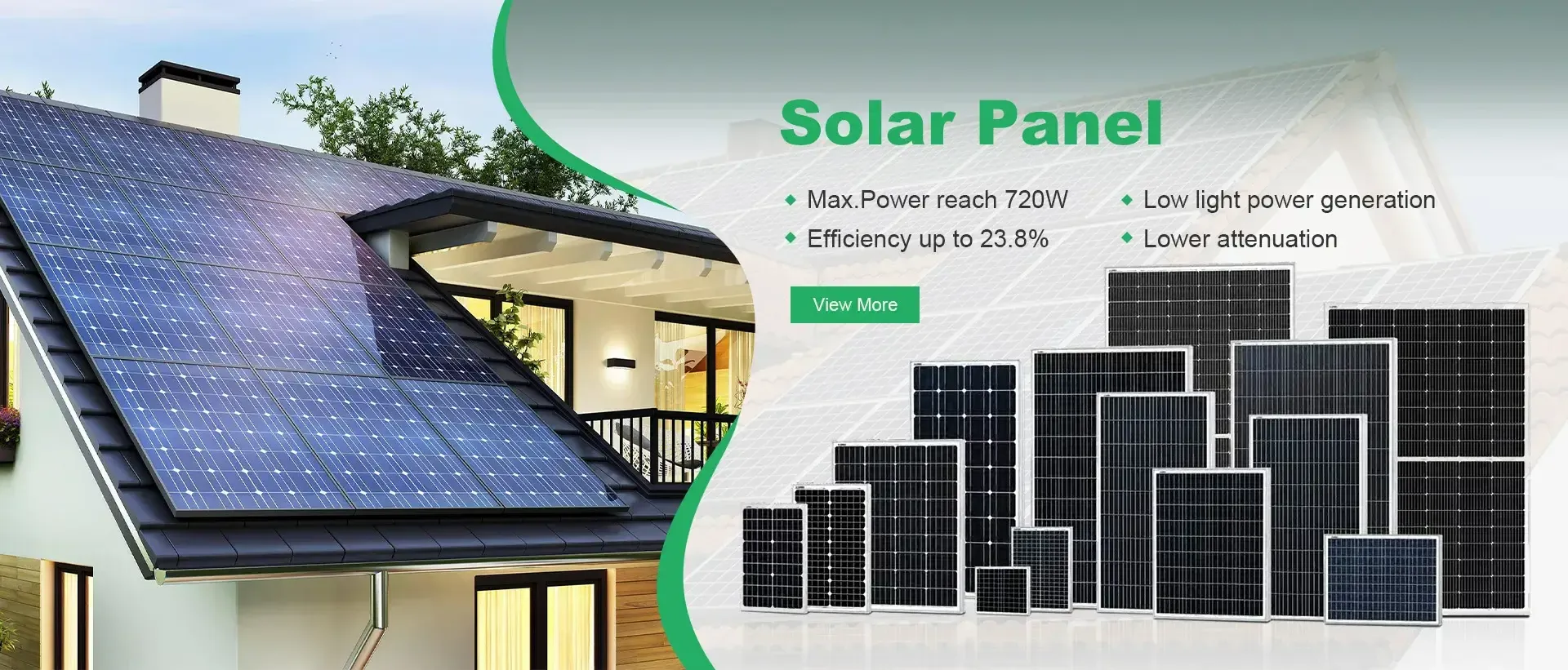solar panel peak efficiency
Understanding Solar Panel Peak Efficiency
Solar energy has rapidly gained traction as a prominent renewable energy source, promoting sustainable development and reducing dependence on fossil fuels. One of the key factors influencing the effectiveness of solar energy systems is the concept of solar panel peak efficiency. Understanding this concept is essential for homeowners, businesses, and policymakers looking to harness the power of the sun effectively.
What is Solar Panel Peak Efficiency?
Solar panel peak efficiency refers to the maximum solar energy conversion rate that a photovoltaic (PV) panel can achieve under optimal conditions. This efficiency is typically expressed as a percentage and indicates how much of the sunlight that hits the panel can be converted into usable electricity. For instance, if a solar panel has a peak efficiency of 20%, it means that 20% of the solar energy captured by the panel is transformed into electrical energy.
The measurement of peak efficiency is made under standard test conditions (STC), which include a solar irradiance of 1000 watts per square meter, a temperature of 25 degrees Celsius, and an air mass of 1.5. These controlled conditions are necessary to provide a consistent benchmark for comparison among different solar panel technologies.
Factors Affecting Peak Efficiency
Several factors can influence the peak efficiency of solar panels
1. Material Composition The most commonly used materials for solar cells are monocrystalline silicon, polycrystalline silicon, and thin-film technologies. Monocrystalline solar panels typically have the highest efficiency rates, often exceeding 20%, due to the purity of the silicon used. Polycrystalline panels are slightly less efficient, while thin-film technology, though more versatile, usually exhibits lower efficiency.
solar panel peak efficiency

2. Temperature While solar panels are designed to harness sunlight efficiently, high temperatures can adversely affect their performance. Most solar panels experience a drop in efficiency as temperatures rise, which can reduce overall energy output during hot weather conditions.
3. Angle and Orientation The angle at which solar panels are installed, as well as their orientation relative to the sun, plays a critical role in peak efficiency. Panels that are tilted towards the sun can capture more direct sunlight, enhancing their efficiency. This is why solar panel installations often involve careful consideration of site-specific factors.
4. Shading The presence of shade from trees, buildings, or other obstructions can significantly decrease the efficiency of solar panels. Even partial shading can lead to a substantial loss of energy production, highlighting the importance of site selection during installation.
Technological Advancements in Solar Panel Efficiency
Recent advancements in solar technology have made it possible to achieve higher peak efficiencies than ever before. Innovations such as bifacial solar panels, which can capture sunlight from both sides, and the development of perovskite solar cells, which promise to achieve efficiencies exceeding 25%, are pushing the boundaries of what is possible in solar energy conversion.
Moreover, the integration of smart technology into solar systems allows for better monitoring and optimization of performance. Systems equipped with advanced algorithms can adjust the angle of solar panels throughout the day, maximizing sunlight exposure and, consequently, energy conversion.
Conclusion
As the world increasingly turns to renewable energy solutions, understanding solar panel peak efficiency becomes paramount. By recognizing the variables that affect efficiency and staying informed about technological advancements, consumers and businesses can make informed decisions that enhance their solar energy investments. Embracing solar technology not only contributes to environmental conservation efforts but also represents a step toward energy independence and sustainability. With ongoing innovations and a growing commitment to renewable energy, the future of solar power looks promising, making a significant impact on our global energy landscape.
-
Navigating Off Grid Solar Inverter: From Use Cases to Trusted PartnersNewsAug.05,2025
-
Solar Edge String Inverter: A Wholesaler’s Guide to Inverter Technology SelectionNewsAug.05,2025
-
Microinverters: Revolutionizing Solar Energy UseNewsAug.05,2025
-
Future of Monocrystalline Solar Panel Efficiency: Latest Technological AdvancesNewsAug.05,2025
-
Solar Panels for House: A Complete Guide to Residential Solar EnergyNewsAug.05,2025
-
Panel Bifacial Performance in Snow and Low-Light ConditionsNewsAug.05,2025







